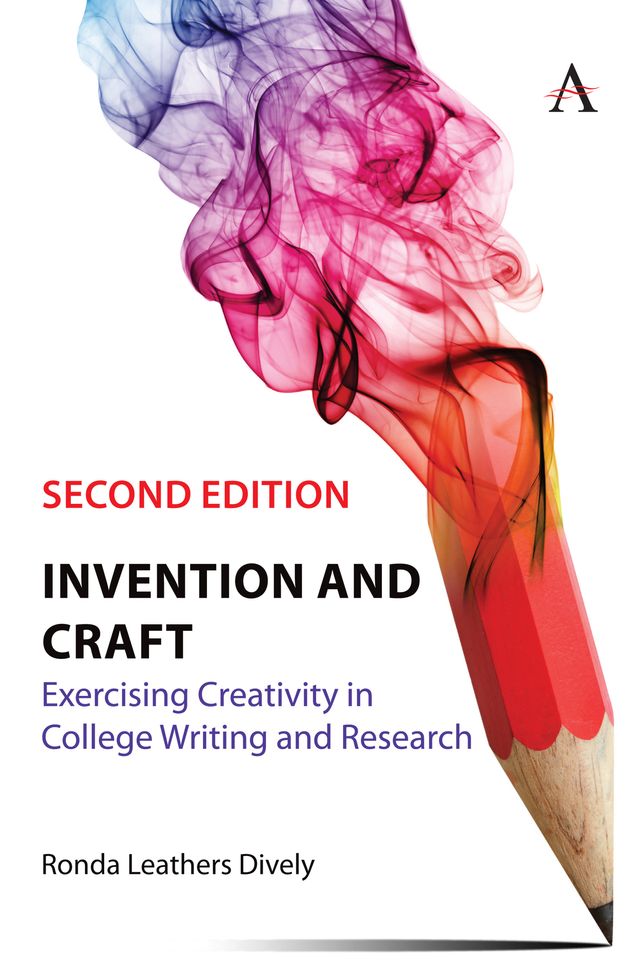Ronda Leathers Dively
ISBN: 9781839989780
Pages: 300
Pub Date: January 2026
Imprint: Anthem Press
Ronda Leathers Dively
ISBN: 9781839989780
Pages: 300
Pub Date: January 2026
Imprint: Anthem Press
This must-read college composition textbook leverages creativity theory to demystify practices associated with writing in various academic and public genres.
Few composition textbooks that explicitly invoke creativity theory exist, and those that do exist treat it in cursory fashion. What these textbooks recognise but do not pursue extensively enough is the fact that creativity theory is a natural, stimulating and elucidating complement to the knowledge base in composition studies. The connection is natural in that all writing is a creative act to the extent that it brings something into being or produces something. The connection is stimulating in that the drive to create, in whatever form, enlivens human experience. The connection is elucidating for ways that it extends understanding of composing processes and helps pinpoint features of written products that qualify them as ‘creative’. Indeed, creativity (i.e., the transformation of knowledge and its effective, often unique, expression) is the pinnacle of achievement in all fields. Invention and Craft: Exercising Creativity in College Composition and Research, Second Edition, capitalises on this complementary relationship between creativity theory and composition theory, melding knowledge about creative processes and products with best practices in college composition instruction.
To that point, while invoking the discourse of process throughout, the textbook consistently emphasises post-process considerations: the idea that writing is an inherently social act, the idea that no single process is applicable to every individual or every writing scenario and the idea that writing is recursive. Furthermore, all discussions of composing activities take place against a backdrop of established rhetorical principles (e.g., elements of the rhetorical situation, classical rhetorical appeals). In keeping with the focus on creativity, such discussions foreground the need for writers to assume an active role in managing rhetorical principles (through metacognition and reflection) so they can locate meaning and exigency for the text at hand.
The general objectives referenced above enable pedagogical benefits such as making unfamiliar composing tasks familiar by connecting writing to other intellectual, artistic and recreational pursuits; facilitating backward- and forward-reaching knowledge transfer; validating experimentation with writing practices through explicit reference to creativity and composition scholarship; energising students to become active problem-solvers; stressing insight as the hallmark of effective writing as facilitated by extended invention activity; and interrogating misconceptions about writing through ‘straight-talk’ backed by research on writers.
Structurally speaking, Invention and Craft is characterised by several features intended to support instruction. More specifically, it
